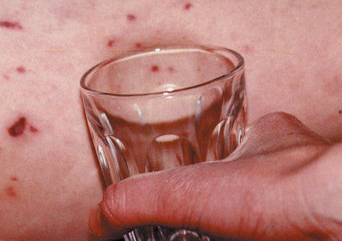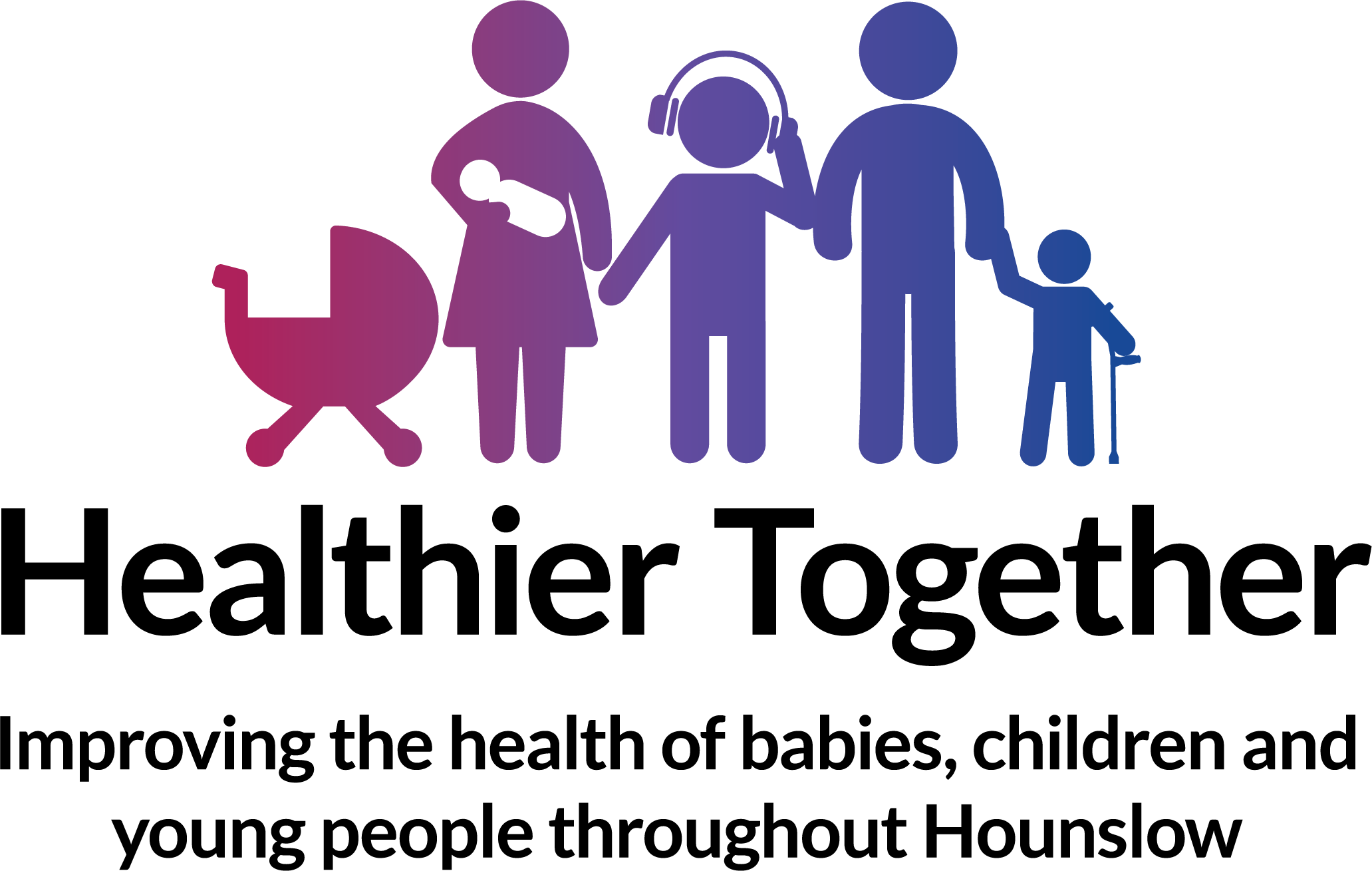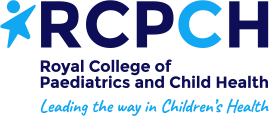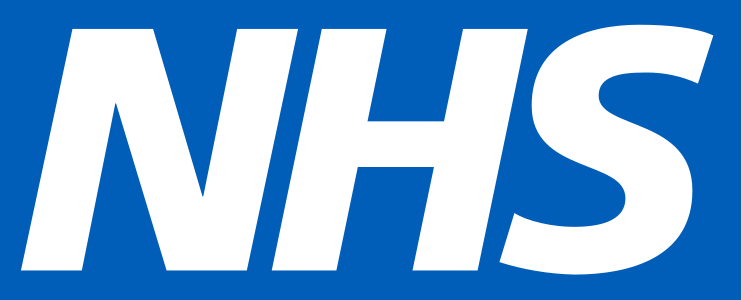Fever
Advice for professionals
When should you worry?
If your child has any of the following:
- Is under 3 months of age with a temperature more than 38°C or under 36°C (unless fever in the 48 hours following vaccinations and no other red or amber features)
- Breathing very fast, too breathless to talk, eat or drink
- Working hard to breathe, drawing in of the muscles below the ribs, or noisy breathing (grunting)
- Breathing that stops or pauses
- Is pale, blue, mottled or feels unusually cold to touch
- Difficult to wake up, very sleepy or confused
- Weak, high-pitched cry or can’t be settled
- Has a fit (seizure)
- Has a rash that does not disappear with pressure (the ‘Glass Test’)
You need urgent help
Go to the nearest Hospital Emergency (A&E) Department or phone 999-consider using ‘What 3 words’ to best describe location to ambulance service
If your child has any of the following:
- Is 3-6 months old with a temperature 39°C or above (unless fever in the 48 hours following vaccinations and no other red or amber features)
- Temperature of 38°C or above for more than 5 days or shivering with fever (rigors)
- Temperature less than 36°C in those over 3 months
- Breathing a bit faster than normal or working a bit harder to breathe
- Dry skin, lips or tongue
- Not had a wee or wet nappy in last 8 hours
- Poor feeding in babies (less than half of their usual amount)
- Irritable (Unable to settle them with toys, TV, food or hugs even after their fever has come down)
- Swelling of a limb or joint
- Not using or putting weight on an arm, leg, hand or foot
- Complaining of severe pain that is not improving with painkillers
- Has had chickenpox in the past few days and is now getting worse with a high fever or spreading red rash
- Getting worse and you are worried
You need to contact a doctor or nurse today
Please ring your GP surgery or call NHS 111 - dial 111
If symptoms persist for 4 hours or more and you have not been able to speak to either a member of staff from your GP practice or to NHS 111 staff, recheck that your child has not developed any red features.
If none of the above features are present:
- Watch them closely for any change and look out for any red or amber symptoms
- If your child has any other symptoms associated with their fever, you may want to look at the information on sore throat, cough, earache, diarrhoea and vomiting or tummy ache.
- Additional advice is also available to young families for coping with crying of well babies – click here
- If your child has a long term condition or disability and you are worried please contact your regular team or follow any plans that they have given you
Self care
Using the advice below you can provide the care your child needs at home.
If you are still concerned about your child, speak to your health visitor, local pharmacist or call NHS 111– dial 111. Keep monitoring your child for red and amber features and seek help if they develop
Children and young people who are unwell and have a high temperature should stay at home. They can go back to school, college or childcare when they no longer have a high temperature, and they are well enough to attend.
Most children with a fever do get better very quickly but some children can get worse.
-
Give them plenty of fluids – if your baby is breastfed, continue to breastfeed as normal
-
Look out for signs of dehydration
-
Give them food if they want it
-
Check on your child regularly, including during the night. Look out for RED and AMBER signs and seek help if any are present.
-
Give them either paracetamol or ibuprofen if they're distressed or uncomfortable – check the packaging or leaflet to make sure the medicine is suitable for your child, or speak to a pharmacist or GP if you're not sure
-
Get medical advice if you're worried about your child, or if the paracetamol or ibuprofen is not helping.
- If they are vomiting, offer small frequent drinks as this is more likely to stay down.
-
Do not undress your child or sponge them down to cool them – a high temperature is a natural and healthy response to infection
-
Do not cover them up in too many clothes or bedclothes
- Fever is common in babies up to 48 hours after receiving immunisations - consider giving regular paracetamol. If your child is due their vaccinations, postpone until after their fever has improved.
- If you need to keep your child away from nursery or school while they are unwell and have a fever please notify the nursery or school – click here for advice if you are unsure.
• If a rash appears, do the glass test.
Paracetamol can be given to children aged two months or older for pain or fever. Ibuprofen can only be used above three months of age.
● There are different types of paracetamol for children of different ages including 2 different strengths of syrup - infant and Six plus. Always read the dose instructions carefully. You must wait at least 4 hours between doses. Do not give more than 4 doses in 24 hours.
● Ibuprofen is available in syrup and tablet form. Ibuprofen is not suitable for some children. If you are unsure whether your child can take ibuprofen, check with your pharmacist or doctor. Always read the dose instructions carefully. Don't give ibuprofen if your child has not had a wee in the last 12 hours. You must wait at least 6 hours between doses. Do not give more than 3 doses in 24 hours.
- Fever is extremely common in children and can happen when your child has an infection. Most children get better quickly with no treatment.
- If your child has a runny nose, red eyes, flu-like symptoms, or diarrhoea and vomitting for a few days it is most likely that they have a viral infection. These are also spread easily so if someone else in the house is also unwell, it's common they both have a viral illness.
- Viral infections tend to get better on their own and do not need treatment with antibiotics. Fever is a normal response that helps your child’s body to fight an infection.
- How your child is compared to their usual self is more important than what the temperature is.
- Fever is common in babies up to 48 hours after immunisations - it is OK to give paracetamol after the MenB vaccine if your baby is otherwise well.
- Occasionally, children with fever can have a seizure / fit. This is called a febrile convulsion and most often happens in children aged between 6 months and 3 years.
How to check your baby/child's temperature (under 5 years old)
- If your child is distressed you should consider giving them paracetamol or ibuprofen to help them feel more comfortable. Use one and if your child has not improved 2-3 hours later you may want to try giving the other medicine. Do not give more than the maximum daily dose of either medicine
- However, remember that fever is a normal response that may help the body to fight infection and paracetamol/ibuprofen will not get rid of it entirely. Paracetamol and Ibuprofen bring down the temperature but do not treat the infection so whilst the child is unwell they will continue to get temperatures once the effects of the medication have worn off
- Carefully read the instructions on the medicine for dose and frequency
- You could ask your local pharmacist for more advice about medicines
- In general, we do not recommend cough medicines, as they are of limited clinical effectiveness

The Glass Test
Do the ‘glass test’ if your child has a rash. Press a glass tumbler firmly against the rash. If you can see the spots through the glass and they do not fade as you press the glass onto the skin then this is called a ‘non-blanching rash’. If you see this type of rash, whilst this doesn't mean your child is seriously unwell, please seek medical advice immediately. The rash is harder to see on dark skin so check paler areas, such as palms of the hands, soles of the feet and tummy.
(Photo courtesy of the Meningitis Research Foundation 2013)


